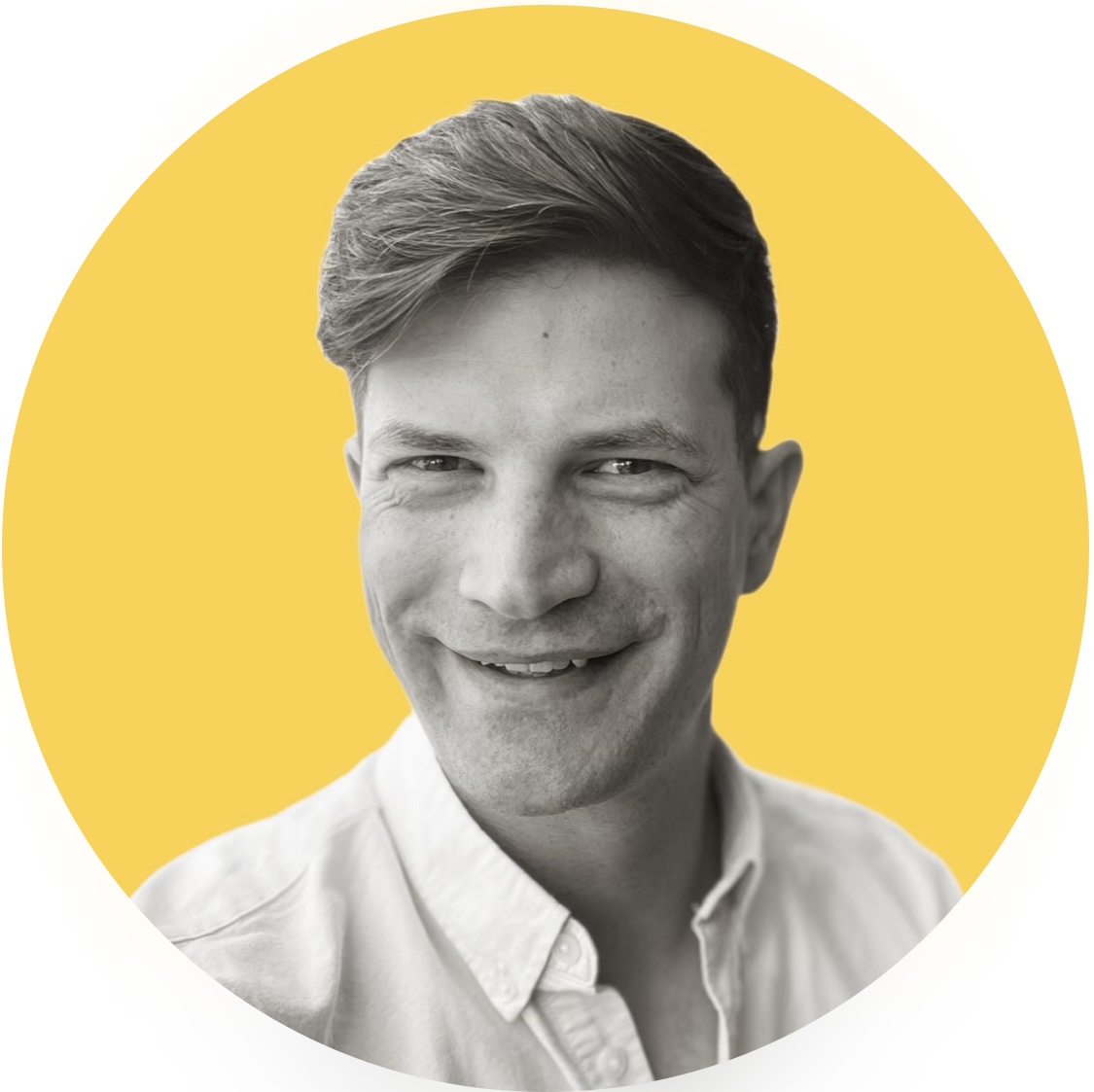Chaos reigns in San Francisco’s redistricting. Here’s a better way to do things
Originally published at https://www.sfchronicle.com on April 21, 2022.
After nearly six months, San Francisco’s supposedly independent redistricting process was supposed to be done. Instead, after it had devolved into intense partisan squabbling, the city’s Redistricting Task Force took the unprecedented step of rejecting its final draft plan and blowing its city mandated deadline for setting new boundaries.
The task force voted 5–4 on April 13 to continue working on a map, and it plans to meet Thursday to consider another draft. It has also been sued over the delay, which could lead to a judge setting new district boundaries.
San Francisco’s district-based election system demands redrawing supervisorial boundaries every 10 years to account for population change to ensure each district has roughly the same number of people. San Francisco is split into 11 geographic districts. But many groups disagreed with the map that the task force drew. And they went so far as to try to remove three task force members who supported it.
The new map must evenly distribute San Francisco’s population in accordance with the law. But it comes with compromises that could change the balance of power in City Hall. Progressives are especially concerned that they will lose voting power.
Redistricting is necessary to ensure that districts are equitably sized as populations change. But why do we divide people geographically? Can’t we find a better way to elect truly representative representatives without dividing people based on arbitrary maps?
Yes, we can. And the solution is to adopt an election method that results in something called “proportional representation.” But to explain why that solution is best, here’s a bit more about the current situation.
Unfortunately, there’s no way to draw a map that can be truly fair across all constituencies; trade-offs are a necessity when trying to draw arbitrary borders through communities. Furthermore, districts fundamentally distort the way city government operates. Supervisors in our system inevitably play hot potato over whose district gets projects like homeless shelters, apartment buildings and commercial centers.
So why do we do it this way?
From 1900 to 1977, the city didn’t have districts and elected supervisors “at-large” using plurality block voting. That means: If there were five seats open, voters had five votes, no matter the number of candidates. However, the flaw in plurality block voting is that it advantages majority voting blocks and can lead to little to no minority representation.
Imagine a city of 51% blue voters and 49% green voters with three open seats on their council. If each voter selects their color, each blue candidate will win — now the council is 100% blue.
To better understand this problem, it’s important to mention Supervisor Harvey Milk. He was elected in 1977 when San Francisco moved to a district election format similar to our current system that finally gave the LGBTQ community in the Castro a chance at representation. After Milk was tragically assassinated by former Supervisor Dan White in 1978, voters repealed district elections, which the New York Times reported “had helped put two blacks and a homosexual on the board of supervisors.”
It wasn’t until 2000 that San Francisco re-adopted district elections.
But even well-intentioned district elections still fail to ensure fair and equal representation for all. Minority groups that are geographically spread out do not receive adequate representation, despite having a population sufficient for a seat.
It’s not a matter of drawing a better map — dividing communities is the problem itself.
Which brings us back to “proportional representation.”
Rather than drawing geographic districts, we can use the information voters provide when they vote for candidates to group them into constituencies. Doing so can ensure that the final makeup of the board is representative. A group that is composed of 30% of the population should see 30% of the seats on a council. This is what proportional representation voting methods do.
The Asian American community is particularly disenfranchised by the proposed changes to voting maps. In the original final draft, the Asian American population drops by 2.61% in District Seven (west of Twin Peaks) while the white population is boosted by 2.42%. Small changes like these can impact the outcome of an election.
Rather than arbitrarily focusing on geography, proportional methods ensure a fully diverse board without cutting up the city, further ghettoizing neighborhoods and starving others of development. It is a method that has ensured diversity and representation in 85 countries that have adopted it.
Proportional representation is a goal and can be achieved through various methods.
My preferred method is proportional approval voting. Voters can pick as many candidates as they like on the ballot. The candidate with the most votes wins the first seat. As the voters for that seated candidate are represented, the voting power of their ballots are reduced. To determine who gets the next seat, the ballots are recounted, and the candidate with the most votes is seated. The process starts again until all seats on the board are filled. The result is a board that matches the voting demographics of the city exactly, rather than a poor approximation.
Time will tell whether it’s politically viable to get rid of districts entirely, but a middle-ground solution would be to add more supervisors to the board and elect those new members proportionally. That would keep our existing districts while ensuring a true representation of San Francisco’s diversity.
Felix Sargent is the chair of the Center for Election Science, a national nonprofit with the mission to empower people with voting methods that strengthen democracy.
